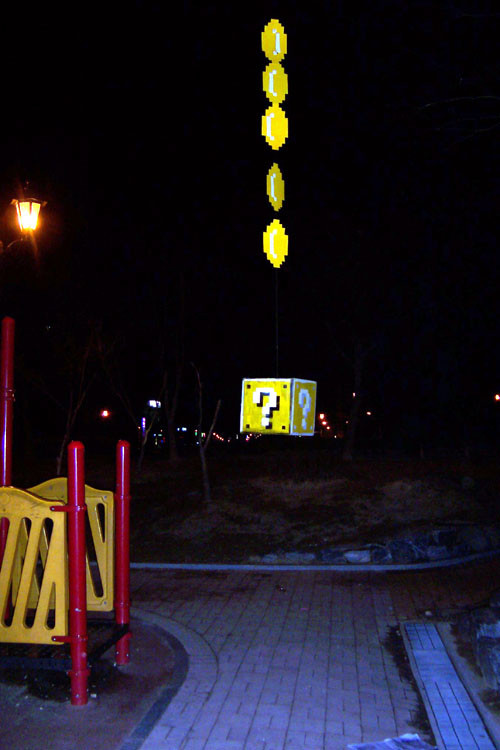In the Blog
Videogames escape; run amok in the real world.
I love videogames. I’ll talk about why and what I enjoy in bits and pieces as we go along. But here’s the short version of what I don’t like:
Videogames, in North America at least, somehow got themselves treated as a special kind of media. Videogames, and people who play them, get referred to as a distinct subset in a way that doesn’t happen with other modes of entertainment. We don’t call people who like movies “filmers”. You might be a film-buff, but I think most people would see a film-buff as pretty categorically different than a “gamer”.
How that happened, I don’t really know (though I’m sure someone(s) somewhere are writing their Masters on it). But I think it sucks. Because the world of “gamers” ended up being kind of exclusive and kind of in a The-Simpsons-comic-book-guy way. And a lot of women ended up feeling like they were on the outside of that world.
We’ll get into some of the crapulent content and marketing and stores that make women feel like it’s a straight-boys-only club. But that’s not where I want to start talking about videogames. I want to start by showing them a little love.
And it’s a good week for videogame love.
If you live in Toronto, it’s possible you’ve noticed some odd protrusions on the side of a couple of downtown buildings. Protrusions that look like this:

and this:
Sam Javanarouh
These are Toronto street artist Posterchild’s latest videogame-inspired public art installation – based on the 2007 puzzle videogame Portal.
Portal is a first-person game where you (it’s a female protagonist btw) basically run around and solve “get from here-to-there” puzzles. Solving puzzles is done with the aid of a portal gun, which allows you to punch holes in your universe: linking disparate points and across planes in what are often Escher-like links.
Solving the puzzles sometimes involves dropping objects through the portal so they’ll land at the other side. Objects like a box with a pink heart decal on it, called a “Weighted Companion Cube”. Which look an awful lot like the cubes jutting out of these Toronto storefronts.
What’s especially awesome about these installations is the real-world detail that Posterchild has included in the backdrop to the cubes. In the game, you can see out one end of the portal by looking through the other. There are (at least) two ends to each portal, an orange end and a blue end. If you look through the orange end, you’ll see out the blue end, and vice versa. Just exactly as Posterchild has done in real life. Look closely and you’ll see that the area behind the cube (within the blue or orange oval) is showing the streetscape you’d see if you were looking through the portal to the other location. And again I say awesome.
Like what you see? Check out Posterchild’s earlier more retro work of hanging Mario Bros Question Blocks out in the world (also check out the controversy about use of public space that ensued). The Mario blocks idea was so beloved that it went viral and international – click and scroll down to see the installation replicated all around the world.

Posterchild
(Thanks to Sam Javanrouh’s Daily Dose of Imagery for the companion cube photos and making the Posterchild connection).



